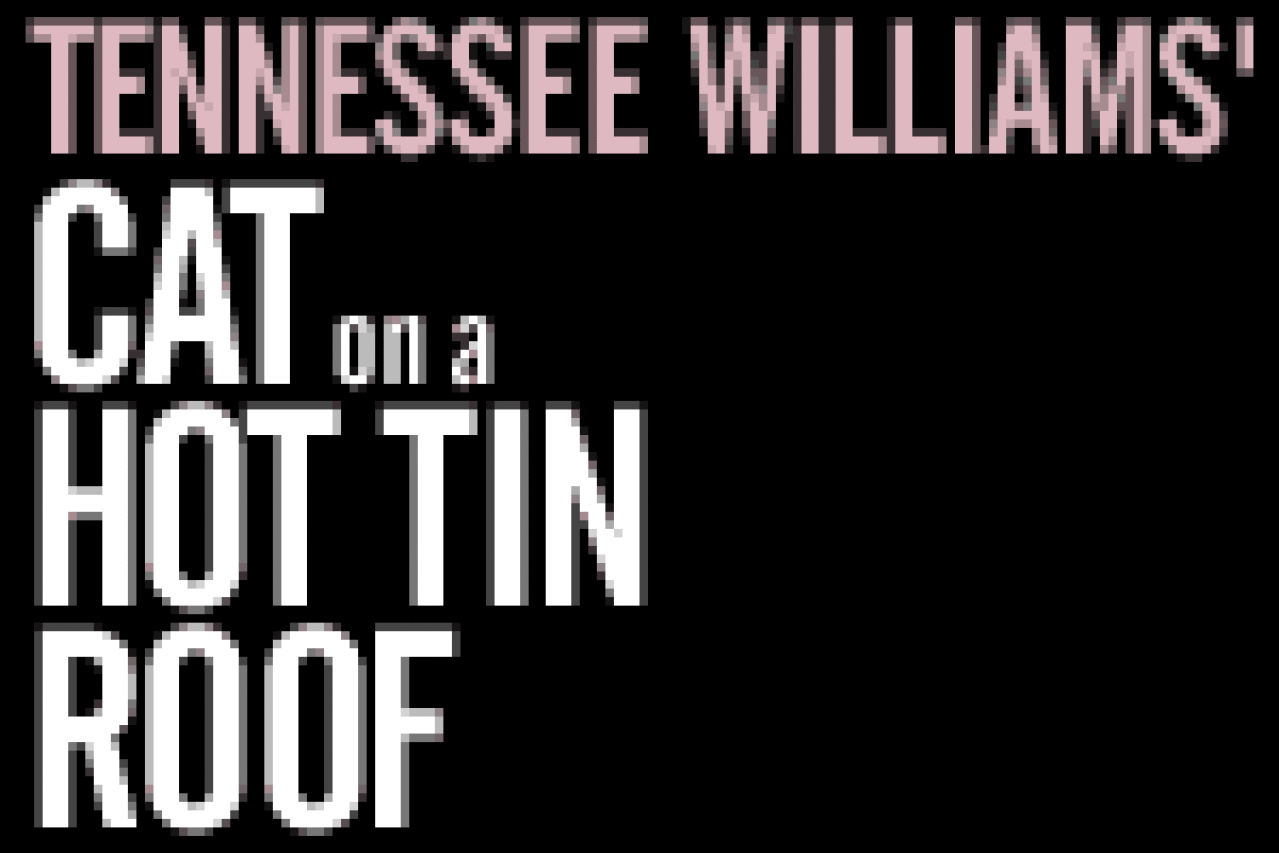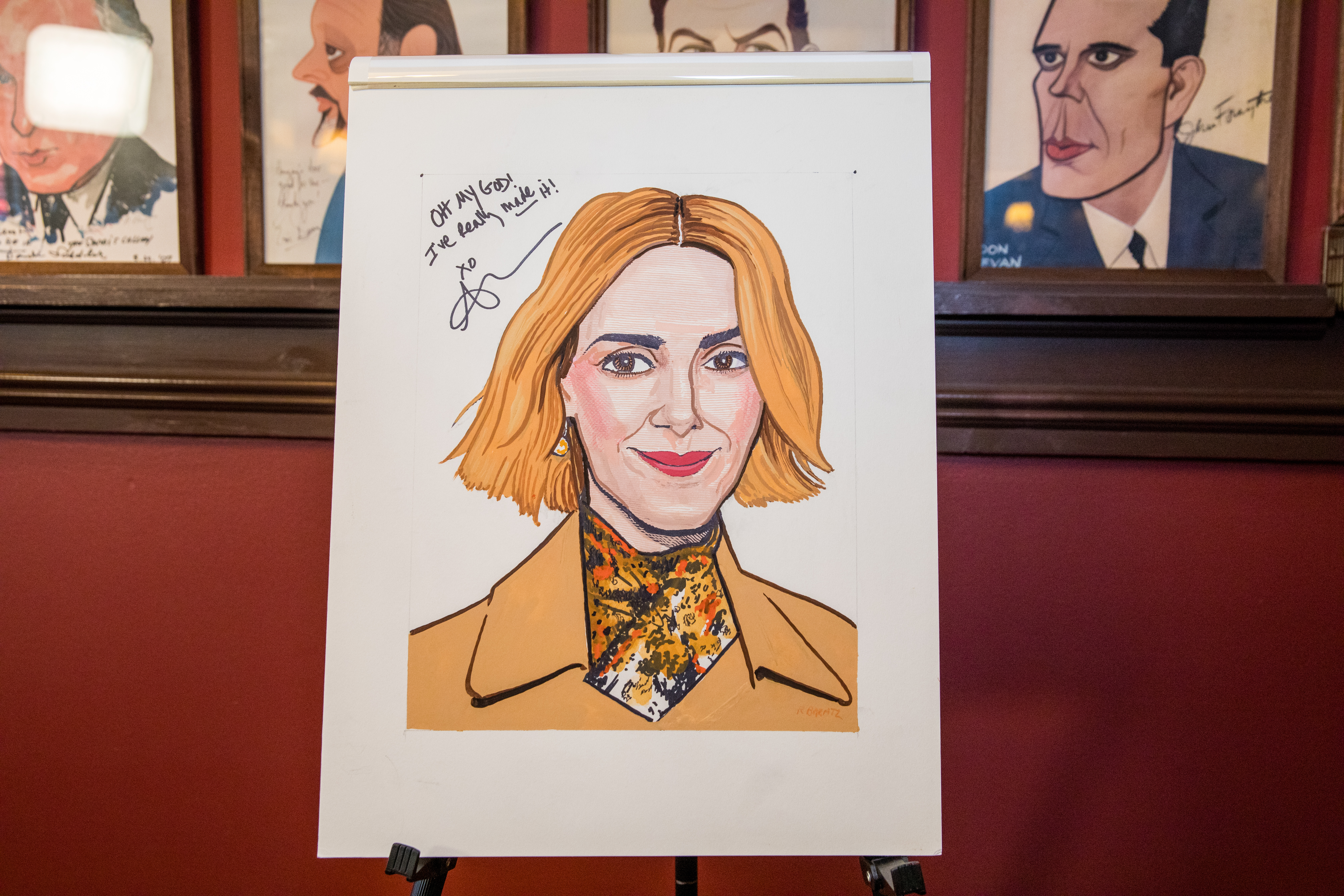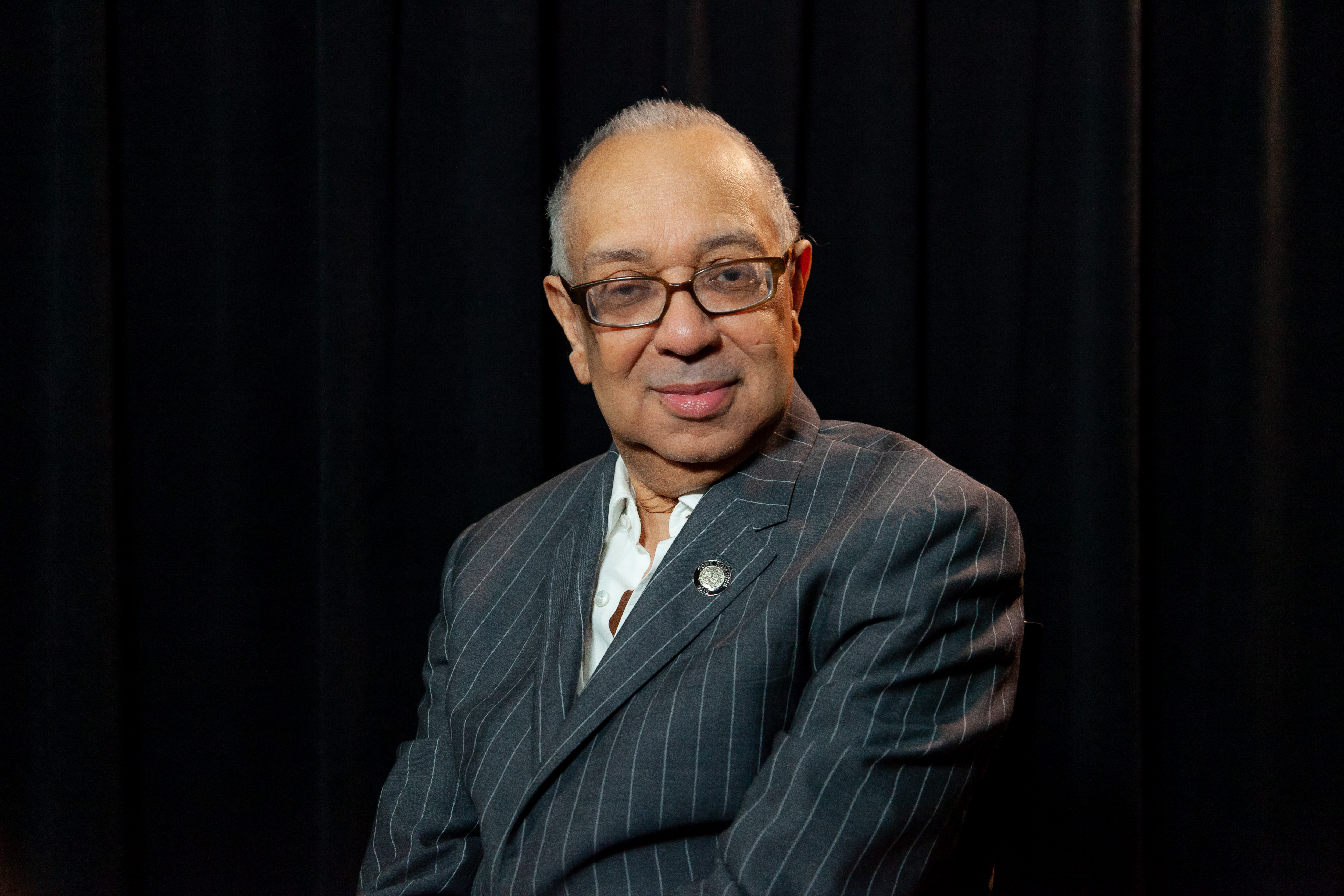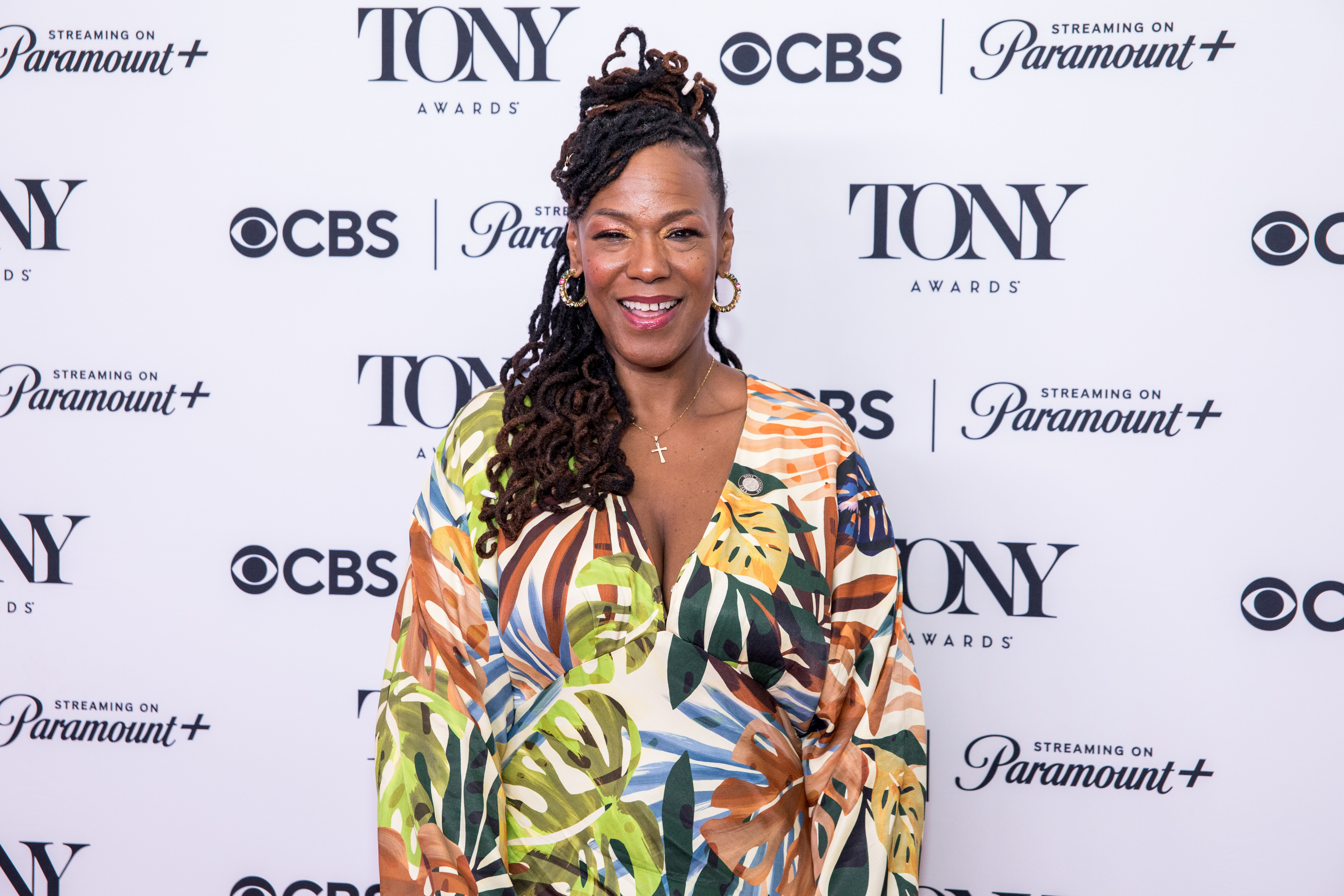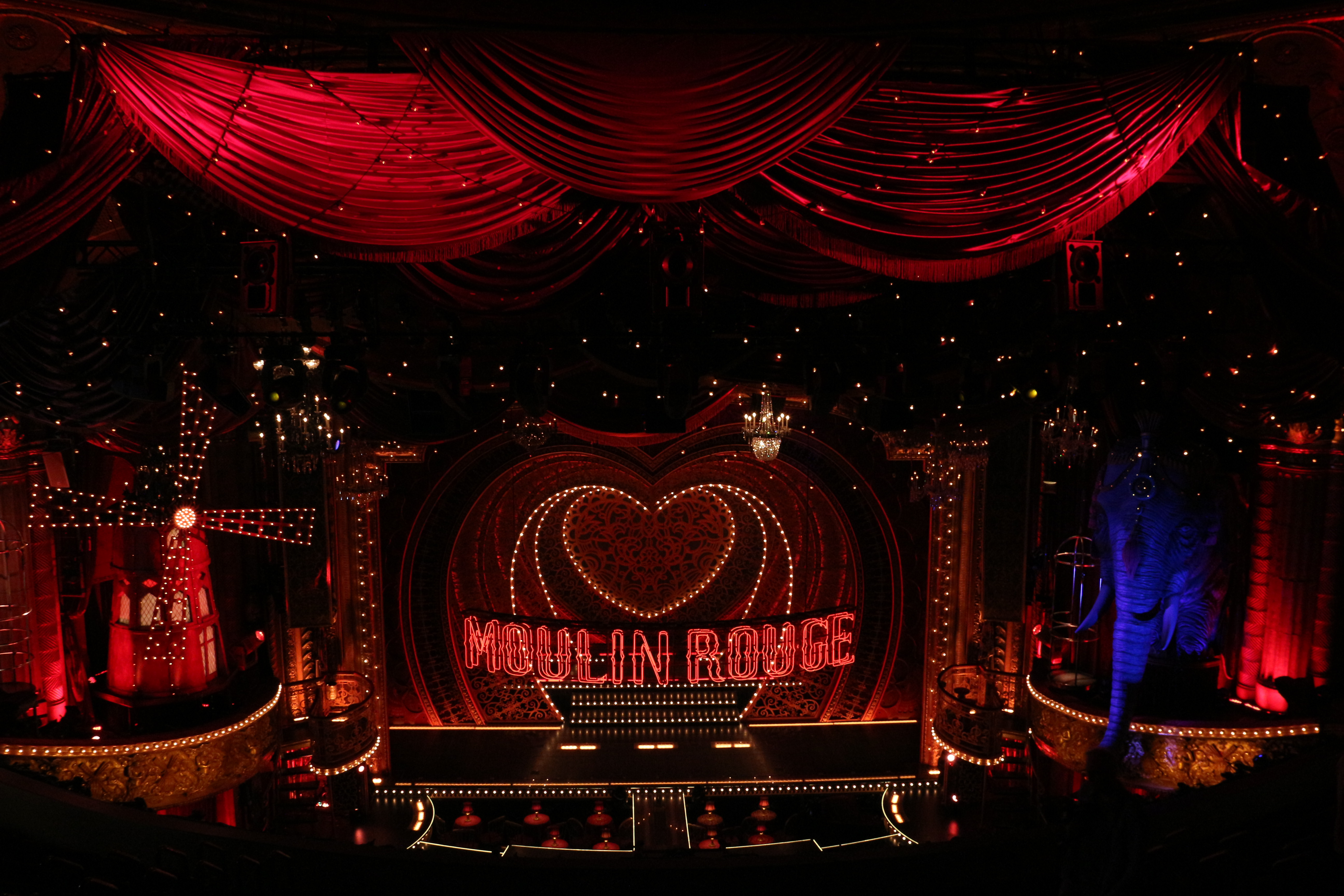Cat on a Hot Tin Roof

(Photo © Joan Marcus)
Looking for a large dose of invigorating acting? A jaw-dropping example is the second act of Tennessee Williams’s Cat on a Hot Tin Roof as restaged with wounding elegance by Anthony Page. Big Daddy, played as valiantly vulgar by Ned Beatty, is trying to get his near-catatonic son Brick, played with surpassing subtlety by Jason Patric, to face the reasons for his having given himself over to alcoholic isolation. During this scene,
the two men turn Maria Björnson’s Southern-mansion bedroom as very particularly described by the playwright into a boxing ring where two well-matched dramatic heavyweights pummel each other physically and emotionally until they achieve simultaneous TKOs.
Beatty, striking no false note as one of Williams’s don’t-try-to-con-me realists, has long since entered the proceedings like a hefty ghost and has been vindictively triumphant in his belief that the cancer he feared had afflicted him is only spastic colon. He’s found satisfaction once again in throwing his weight around but now he must rein himself in while indicating the deep love he harbors for his younger, favored, son. (In the writing, is Williams revealing a wish for the paternal affection he never received from the father who quit his family early?) Patric, having taken on the unusually difficult role of Brick, has been masterful in playing the part of a man with little to say because silence is his only solace. Brick is waiting to hear the “click” that calms him when he has imbibed enough liquor, and Patric craftily shows us an increasingly inebriated ex-athlete losing the ability to hold himself in check.
The theme Williams pounds home here, with less of a poetic tone than is typical of him, is “mendacity” — the web of lies families spin in desperate attempts to keep some lulling semblance of well-being. In the Act II sequence referenced above, Big Daddy is intent on destroying that web; but Brick, falling off the crutch he’s using after a soused hurdle-jumping accident, refuses to drop the facade he’s constructed about himself and his dead friend Skipper. The force that Beatty and Patric bring to their emoting raises the ante on Williams’s 1955 drama about as high as can be found in the annals of American dramatic literature. The way both men prevail while losing is something to see; there’s no Southern comfort here.
Part of the reason for the scene’s overwhelming power is that it contains the play’s best writing. No matter who’s playing it, the rousing one-on-one confrontation rarely feels inadequate, though it may never have been executed better than it is here. Nevertheless, there’s no shortage of potent dramaturgy elsewhere in Cat on a Hot Tin Roof, starting with that title. Williams’s titles are among the most inspired that any playwright of the last century has claimed. While Cat on a Hot Tim Roof is an evocative moniker, it is also ironically misleading. It refers to Brick’s agitated wife, Margaret — called Maggie — who’s trying every trick in her Southern belle’s manual to get an unresponsive spouse to resume having sex with her, not only to prove his love but to give Big
Daddy the grandchildren he seems to want in exchange for passing on the 28,000 acre property over which he rules.

(Photo © Joan Marcus)
Maggie (Ashley Judd) represents the life force in a play where so much is dying — the South included — and wherein, during the course of three acts and two and a half hours of continuous action, Williams endeavors to depict the weaknesses and strengths of the at-risk population. “Maggie the cat is alive,” the anxious woman shouts at Brick in her unabated endeavor to bring him around. “This girl has life in her body,” Big Daddy trumpets after Maggie has lied and said that she’s pregnant, but his proclamation has another meaning: Enceinte or not, Maggie does have life in her body. That’s why she initially seems the focal figure of the play, though not as Williams intended. In a stage direction of genuine literary beauty, Williams writes, “The bird that I hope to catch in the net of this play is not the solution of one man’s psychological problem. I’m trying to catch the true quality of experience in a group of people, that cloudy, flickering, evanescent, fiercely charged interplay of live human beings in the thundercloud of a common crisis.”
He meets his goal by gathering a group of people who paste over certain truths even as they claim to be, and sometimes are, honest in other situations. Big Mama (Margo Martindale) fusses around, talking herself into believing that Big Daddy loves her despite his avowing that he doesn’t. Older brother Gooper (Michael Mastro), wife Mae (Amy Hohn), and their no-neck children (played by two neck-challenged youngsters and two others with normal necks) angle to inherit as many of the mooted 28,000 acres as their machinations will yield. “Mendacity is a system we live in,” Brick says, and Williams sees to it that the system is demonstrated during the time it takes to perform this thundercloud of a play. (Sound designer Christopher Cronin and lighting designer Howard Harrison provide a literal storm at Williams’s summons.)
In this production, an additional reason for Maggie’s seeming the protagonist is Ashley Judd as a tin-roof-trapped cat who’s more demanding than manipulative. Her performance of what is a virtual monologue in the first act finds the humor and the barely concealed puzzlement in the sequence. Darting around the bedroom while seeking to have Brick look her in the eye for a change, Judd is quite the sexual predator; tall, brunette, and supple, she is also Harper’s Bazaar beautiful. A breathtaking sight no matter what pose she hits, Judd sometimes seems to be an incarnation of Ava Gardner — and that’s not chopped liver. In what seems like a miracle of casting, she also has a profile like that of the handsome Patric. The hint that Maggie and Brick see themselves in each other adds an intriguing dimension to Williams’s work.

in Cat on a Hot Tin Roof
(Photo © Joan Marcus)
Another revelation in the cast is Margo Martindale as Big Mama. The phrase “born to play the part” may never have a more fitting application. The roly-poly Martindale, who has the two chins that Gooper jokes about, misses no chance to coddle or cower before Big Daddy in the manner required by Williams. Michael Mastro and Amy Hohn are suitably crass as Gooper and Mae, often called Brother Man and Sister Woman; they’re never the caricatures they might be as limned on the page. Edwin C. Owens as Doctor Baugh, who has to give Big Mama the bad news of her hubby’s condition, is convincing; and Patrick Collins does it up right as Reverend Tooker, whose function in the proceedings seems to be a comment on religion’s damning ineffectuality.
Incidentally, director Page and his ensemble have played around with the ending of the piece — much as Williams, a compulsive reviser, altered it for the 1974 revival. The playwright had allowed director Elia Kazan to soften the ending of the original Broadway production. Once again, though, the final line has Brick, seemingly softening in his rancor towards Maggie, repeating a line that Big Daddy had uttered earlier about the possibility of love. Whichever ending is used doesn’t obscure the fact that, when Williams died, he hadn’t yet reached a genuinely satisfying — i.e., fiercely unrelenting — finish. Still, the operative word in this Cat on a Hot Tin Roof is “hot.”



